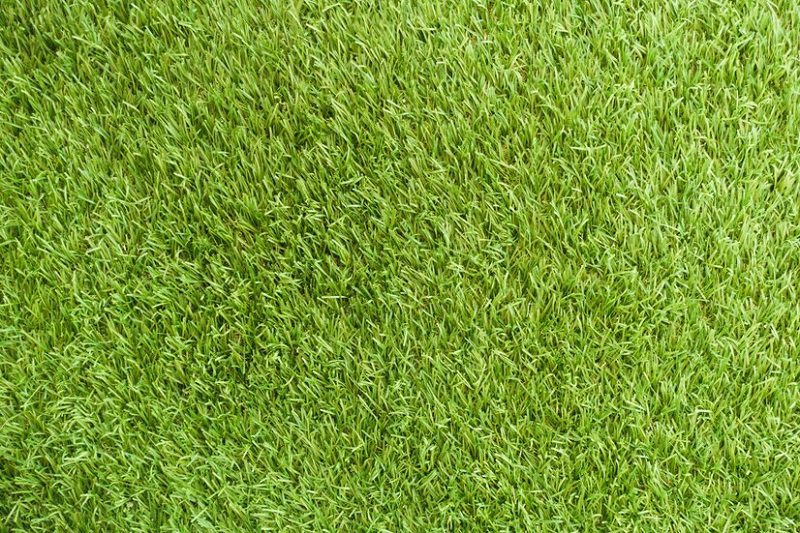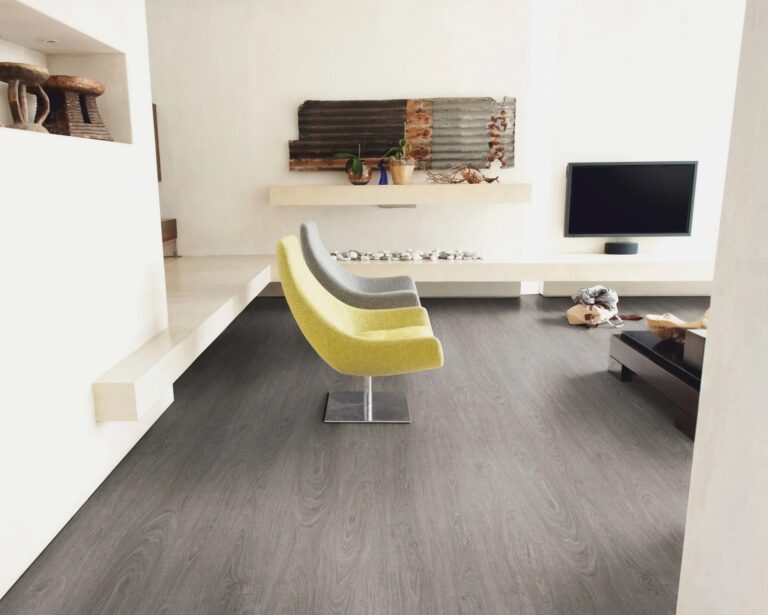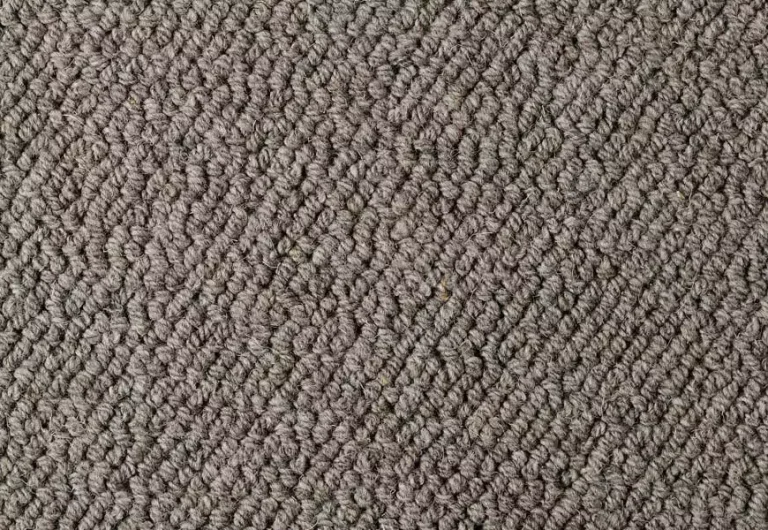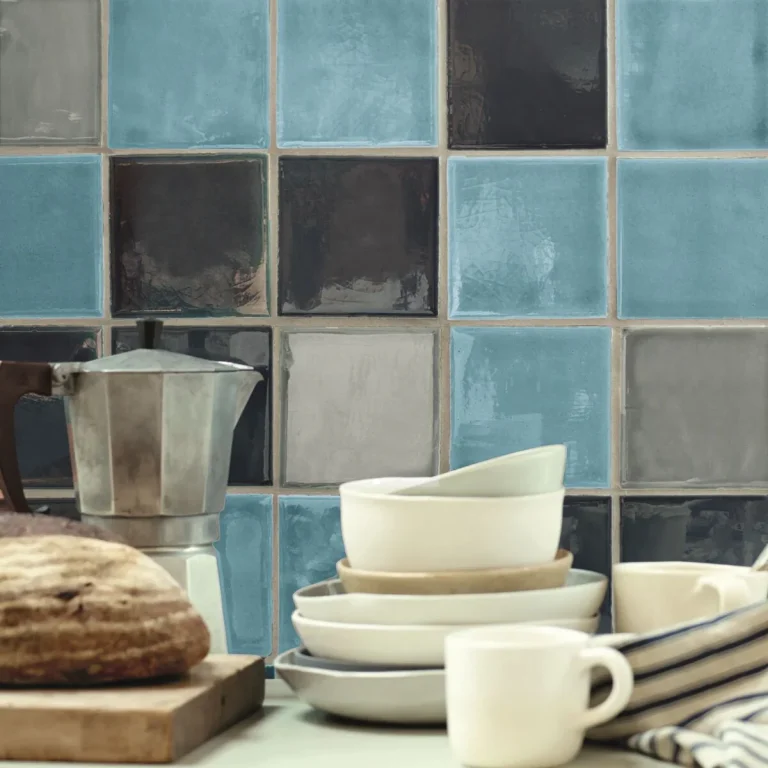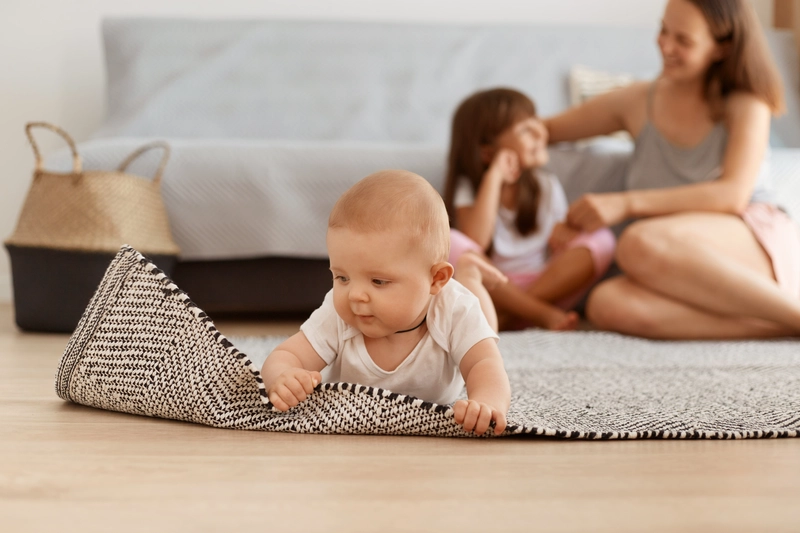Artificial grass has become a popular choice for homeowners looking to enjoy a lush green lawn without the hassle of maintenance. Ensuring proper drainage under artificial grass is crucial to prevent water buildup and maintain its longevity. Yet, what to put under artificial grass for drainage?
We will explore the different types of drainage systems, the materials needed for proper drainage, the steps for installation, maintenance tips, and the benefits of having proper drainage for artificial grass. Discover how to keep your artificial grass looking its best with the right drainage system!
What Is Artificial Grass?
Artificial grass, also known as synthetic turf, is a surface made from synthetic fibres designed to mimic the look and feel of natural grass. It is commonly used in landscaping, sports fields, and residential lawns as a low-maintenance alternative to real grass.
One of the key advantages of artificial grass is its versatility. It can withstand heavy foot traffic, making it ideal for high-traffic areas like sports fields and playgrounds. Synthetic turf requires minimal upkeep compared to real grass, saving both time and money for homeowners and facility managers. Its all-weather usability ensures that it remains lush and green year-round, enhancing the aesthetics of any space. Whether it’s creating a durable play surface for athletes or adding curb appeal to a backyard, artificial grass is a practical and aesthetically pleasing solution.

See product: Summer Days Bloom
Why Do You Need Drainage for Artificial Grass?
Proper drainage for artificial grass is essential to prevent water pooling, ensure longevity, and maintain a healthy turf surface. Without adequate drainage, water can cause issues such as mould, mildew, and a weakened base.
The Different Types of Drainage Systems for Artificial Grass
There are various types of drainage systems used for artificial grass installations, including perforated pipe systems, French drains, and subsurface drainage systems. Each system offers unique benefits and is selected based on specific installation requirements.
a. Perforated Pipe Drainage System
A perforated pipe drainage system for artificial grass involves the use of perforated pipes laid beneath the turf surface to facilitate water drainage. The pipes allow water to flow away from the artificial grass, preventing waterlogging and maintaining a dry and stable surface.
This innovative drainage solution effectively reduces the risks of standing water and improves the durability of the artificial turf. By efficiently channelling excess water away, the system helps to prevent issues such as mould growth and soil erosion, which can negatively impact the quality and appearance of the synthetic lawn. The installation of perforated pipes beneath the surface creates a reliable mechanism for ensuring proper drainage during heavy rain or irrigation, ensuring a lush and vibrant artificial grass area.
b. French Drain System
The French drain system for artificial grass involves a perforated pipe surrounded by gravel or crushed stone and wrapped in a weed membrane.
This innovative drainage solution effectively directs water flow, reducing the risk of waterlogging and ensuring the longevity of the synthetic turf surface.
By utilising a French drain system, homeowners and landscapers can create a sustainable and low-maintenance environment for their artificial grass installations. The strategic design of the drain allows for efficient water evacuation, safeguarding the integrity of the grass and enhancing its overall performance.
c. Subsurface Drainage System
The subsurface drainage system utilises a layer of gravel or crushed stone beneath the artificial grass underlay to facilitate water drainage. This system helps prevent water accumulation, promotes soil aeration, and contributes to the overall health of the artificial grass installation.
By allowing excess water to flow through the gravel layer, the drainage system ensures that the soil beneath the artificial turf remains well-drained, preventing issues such as waterlogging and root rot. This efficient water removal mechanism not only safeguards the turf from potential damage but also extends its lifespan by maintaining optimal soil conditions.
The Materials Are Needed for Proper Drainage Under Artificial Grass
What do you need under artificial grass for drainage? Proper drainage under artificial grass requires specific materials, including gravel or crushed stone, drainage fabric, and sand. These materials work together to create an effective drainage system that prevents water accumulation and promotes turf health.
a. Gravel or Crushed Stone
What to put on artificial grass? First, gravel or crushed stone is a key component used for drainage under artificial turf. It provides a stable base, allows water to flow freely, and prevents soil compaction, ensuring proper drainage and a durable turf surface.
Proper installation of gravel or crushed stone beneath artificial turf is crucial for maintaining a healthy and flourishing lawn. Utilising the right type of material, such as angular rock or decomposed granite, can significantly impact the effectiveness of the drainage system.
These materials create air pockets that facilitate soil aeration, promoting root growth and preventing waterlogging. Enhancing soil stability and reducing the risk of stagnant water, gravel or crushed stone helps in maintaining the overall health and longevity of the synthetic turf.
b. Drainage Fabric
Drainage fabric, also known as weed membrane, is used in artificial grass installations to prevent weed growth, promote water filtration, and enhance drainage efficiency. It acts as a barrier between the base materials and the turf surface.
This fabric is typically made from synthetic materials such as polypropylene, ensuring durability and longevity. Laying the drainage fabric underneath the artificial grass helps prevent the growth of unwanted weeds that can ruin the overall look and structure of the turf.
The weed membrane allows water to pass through easily, preventing waterlogging and ensuring proper drainage within the artificial grass system. This is crucial to maintain the health and longevity of the turf, as excess water can lead to mould growth and deterioration of the base materials.
c. Sand
What to lay under artificial grass for drainage? Regarding artificial grass drainage, the role of sand cannot be overstated. Sand is commonly used as a topdressing material for artificial grass installations to improve drainage, provide stability, and enhance the turf’s aesthetics.
The type of sand chosen can significantly impact the performance and longevity of the artificial grass surface. So, what kind of sand is under artificial grass? Different sand types can be utilised based on specific project requirements. Common options for best sand under artificial grass include silica sand, washed sand, and speciality infill sands. Each type offers unique characteristics that affect water permeability and compaction within the turf system.
The application of sand in artificial grass installations is crucial for achieving optimal drainage performance. Proper application methods such as layering, infill spreading, and brushing techniques ensure even distribution and enhanced drainage capacity.
The benefits of using suitable sand extend beyond drainage improvement. An appropriate sand choice promotes healthy root growth, minimises compaction, and enhances overall turf resilience against heavy usage and weather conditions.
How to Prepare the Ground for Drainage Under Artificial Grass
Preparing the ground for drainage under artificial grass involves:
- Clearing the area
- Compacting the soil
- Installing the necessary drainage materials
Proper preparation ensures effective water management, prevents subsidence, and promotes the longevity of the artificial grass installation.
The Steps for Installing Drainage Under Artificial Grass?
What to put under artificial grass for drainage? The installation of drainage under artificial grass involves several critical steps to ensure proper water management and turf longevity. From excavation to layering materials and fixing the artificial grass, each step contributes to the effectiveness of the drainage system.
1. Excavate the Area
The first step in installing drainage under artificial grass is to excavate the area to the required depth. This process involves removing existing turf, soil, and debris, creating a level surface for the subsequent installation of drainage materials.
- Once the excavation reaches the specified depth, all the unearthed materials must be meticulously cleared and disposed of. This ensures a clean slate for the new drainage system. Examining the excavated area for any sharp objects or obstacles is crucial to prevent punctures in the artificial grass layer.
- Following debris removal, attention shifts to levelling the surface to provide a stable foundation. Compact the soil evenly to achieve a smooth and uniform base that will support the artificial grass and drainage components effectively.
2. Create a Slope
Creating a slight slope during the ground preparation for artificial grass allows for efficient water runoff and drainage. The slope should be directed away from structures and towards designated drainage points to prevent water accumulation on the turf surface.
Having the correct slope gradient is crucial for ensuring that water flows away from the artificial grass area without causing puddling or waterlogging issues. Typically, a slope of 1-2% is recommended for proper drainage.
Installing a geotextile membrane underneath the artificial grass can help facilitate water flow and prevent soil erosion. This membrane acts as a barrier while still allowing water to permeate through, guiding it towards the drainage system.
When laying the artificial grass, it’s essential to pay attention to the pile direction and ensure that it follows the natural slope to enhance the overall appearance and functionality of the turf.
3. Lay the Drainage Fabric
After excavation and slope creation, the next step is to lay the drainage fabric (weed membrane) over the prepared soil. This fabric acts as a barrier to prevent weed growth, improve water filtration, and enhance the overall drainage efficiency of the artificial grass system.
When placing the drainage fabric, ensure that it is smooth and free from any wrinkles to maximise its effectiveness. Proper installation involves overlapping the seams by at least 6 inches to provide a seamless barrier against weed penetration. The fabric should be cut to fit around obstacles like trees or bushes for complete coverage. The fabric’s compatibility with other drainage materials such as gravel or sand helps create a continuous drainage system that efficiently removes excess water from the artificial grass surface.
4. Add Gravel or Crushed Stone
Adding a layer of gravel or crushed stone over the drainage fabric is crucial for promoting water percolation, preventing soil compaction, and enhancing drainage efficiency under artificial grass. This layer creates a stable base for the turf installation.
Gravel or crushed stone serves as a foundation that not only facilitates water drainage but also plays a pivotal role in maintaining soil aeration. By allowing water to flow through the surface and reach the underlying soil, it prevents waterlogging, which can lead to root decay and turf damage.
The presence of gravel or crushed stone enhances base stability, ensuring that the artificial grass remains level and firm over time. It acts as a support system, preventing shifts in the turf and helping to maintain its integrity in various weather conditions.
5. Add a Layer of Sand
Applying a layer of sand over the gravel or crushed stone base helps improve drainage, enhance stability, and provide a level surface for artificial grass installation. The choice of sand type and quality impacts the overall performance of the turf system.
Regarding artificial grass installations, the role of sand cannot be overlooked. The top layer of sand serves as a crucial element in ensuring proper drainage, preventing waterlogging, and maintaining a healthy ecosystem for the turf. The granular nature of sand promotes efficient water runoff, reducing the risk of standing water and potential damage to the artificial grass.
The use of sand contributes to the stability of the entire turf system, preventing shifts or uneven surfaces that can affect the aesthetics and functionality of the area. By providing a level base, sand helps create a smooth and uniform appearance for the artificial grass, enhancing its overall appeal.
When considering the selection of sand for your artificial grass project, it is essential to factor in the particle size, type, and quality of the sand. Coarser sands offer better drainage capabilities, while finer sands provide a more compact and stable foundation. Choosing high-quality sand free from contaminants ensures longevity and optimal performance of your artificial grass turf.
6. Lay the Artificial Grass
The final step in installing drainage under artificial grass is to lay the artificial turf over the prepared base. Using high-quality grass fixing nails and Impero adhesive ensures secure attachment, uniform coverage, and a professional finish for the artificial grass surface.
Once the base is ready, the artificial turf is carefully rolled out over the area, ensuring it fits snugly without any wrinkles or creases. Proper installation techniques involve securing the edges of the turf with the fixing nails, making sure they are evenly spaced and driven into the base securely.
Applying Impero adhesive along the seams and edges helps to create a seamless transition between the turf sections, preventing any shifting or separation over time. This meticulous process ensures that the artificial grass surface remains intact, durable, and visually appealing for years to come.
How to Maintain Drainage Under Artificial Grass
Maintaining proper drainage under artificial turf requires regular inspection, debris clearance, and occasional sand top-ups. Monitoring the drainage system, dealing with blockages, and ensuring the integrity of the artificial turf installation are crucial for long-term performance.
The Benefits of Proper Drainage for Artificial Grass
Proper drainage for artificial grass offers numerous benefits, including:
- Improved water management
- Reduced risk of flooding
- Enhanced turf durability
- Minimised maintenance requirements
A well-designed drainage system ensures optimal turf performance and longevity.
That’s a complete explanation of how to install artificial grass on dirt that you might have to know. If you are interested in bringing artificial grass to your home, you can directly contact TEKA Flooring to get the best quality of artificial grass.
You can also use the professional fitting service from TEKA, ensuring perfect installation of artificial grass or other types of flooring, and receive a 24-month warranty. Get a free, no-obligation flooring quote today!
Read also:


























